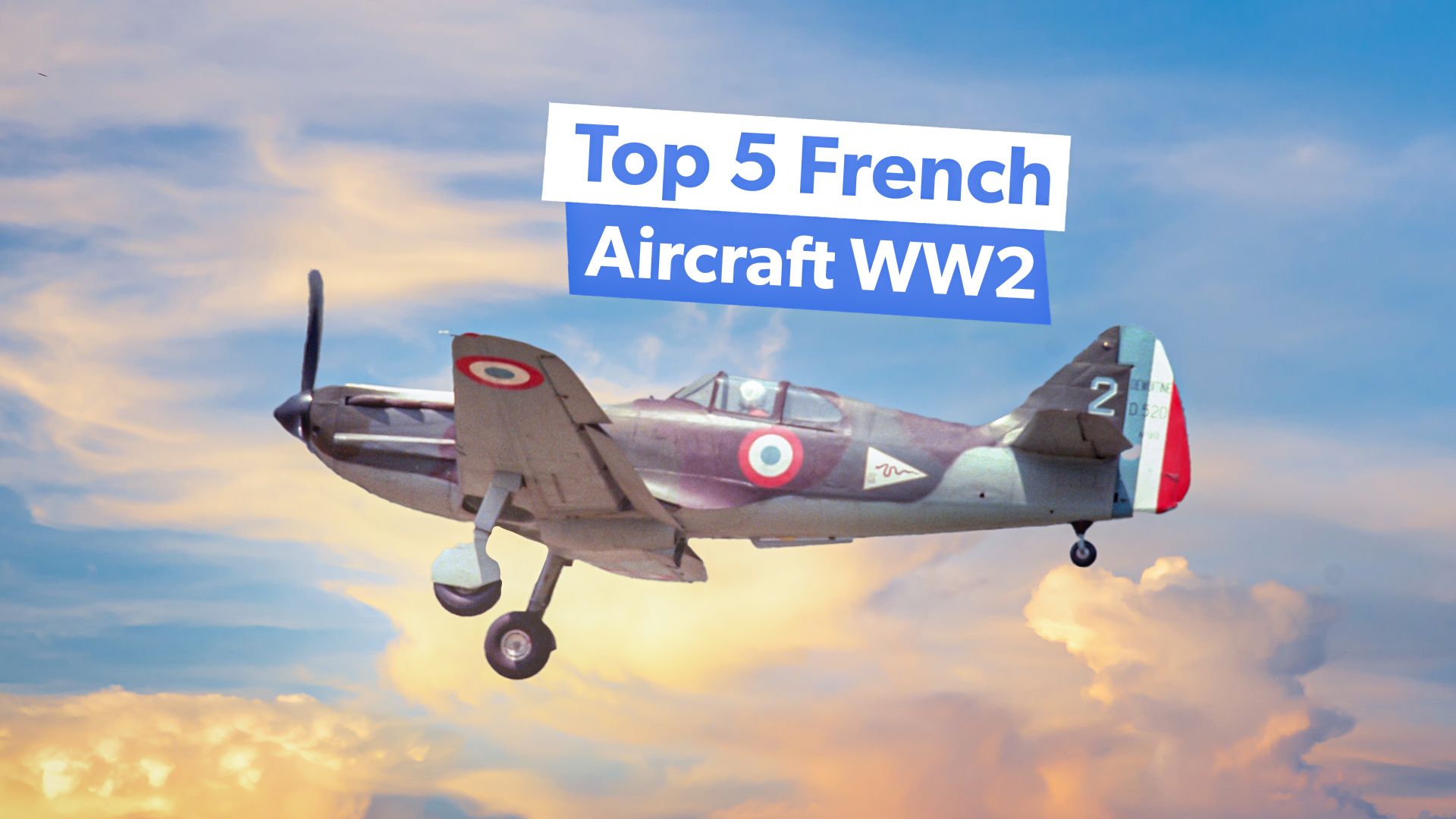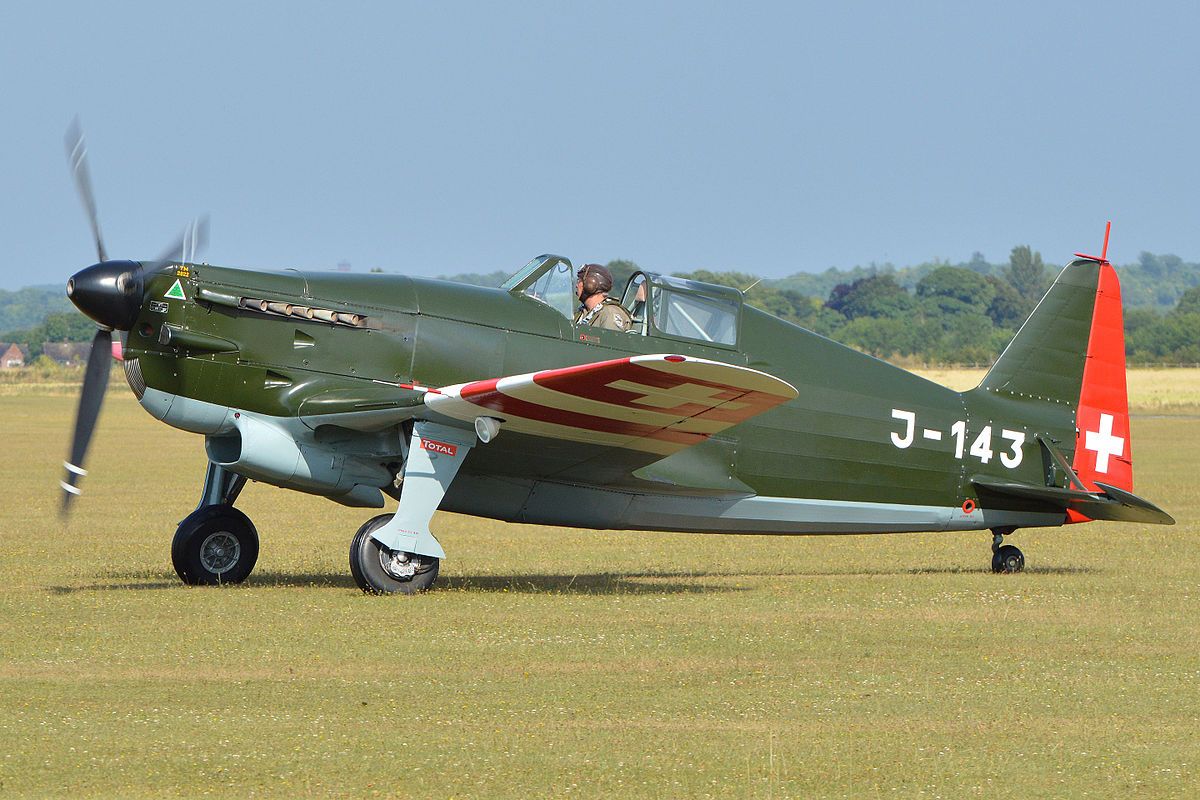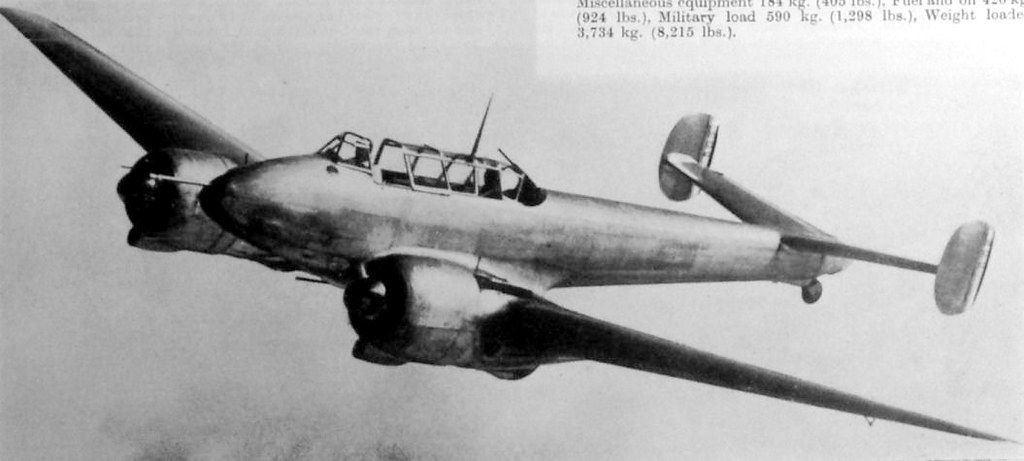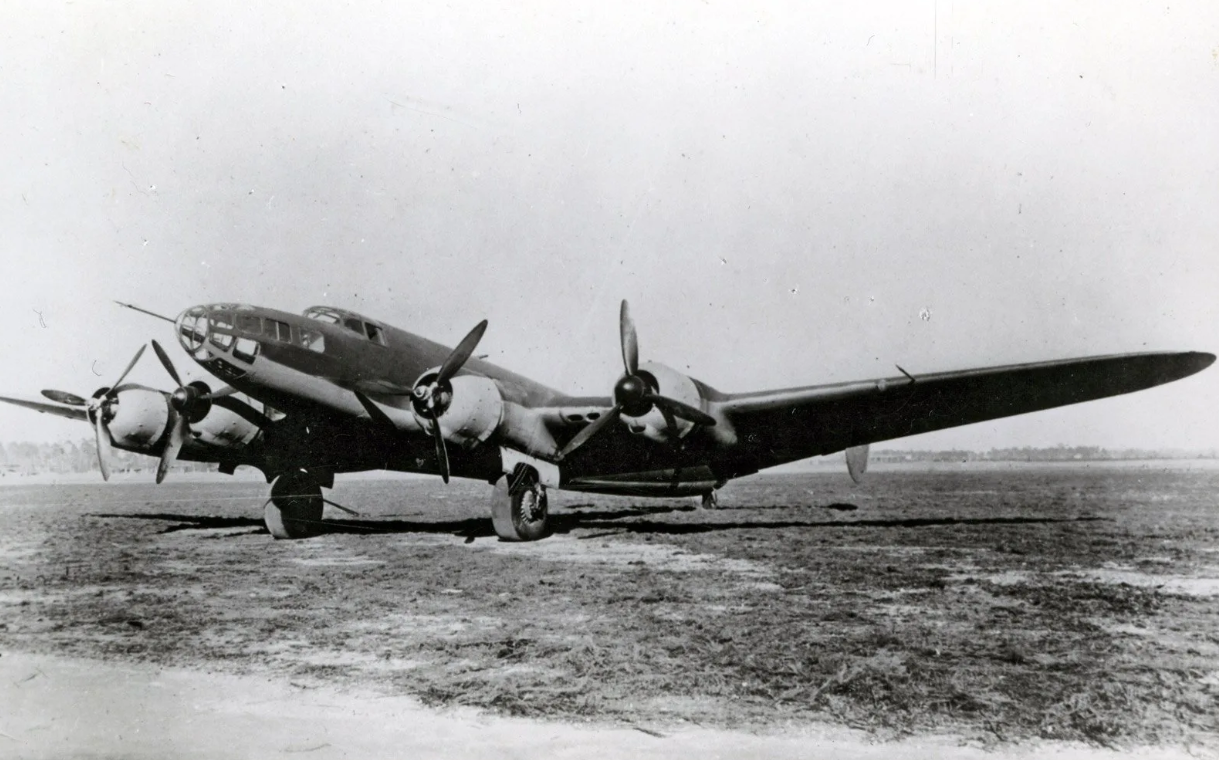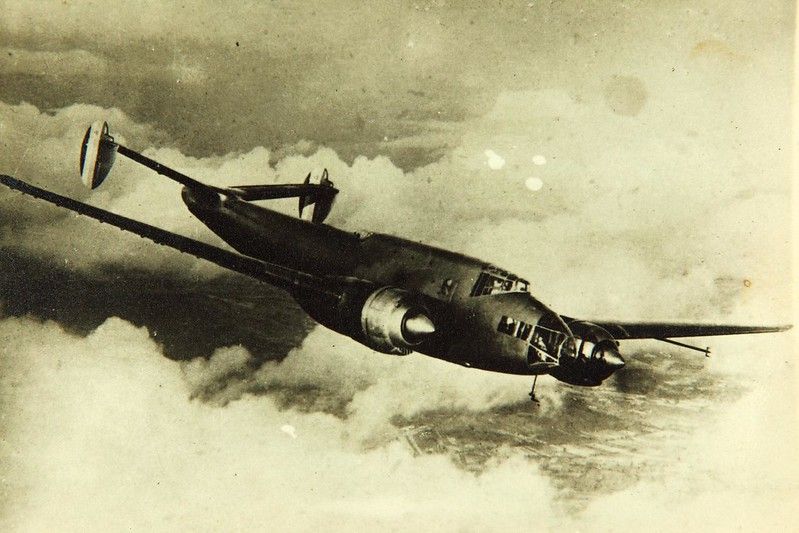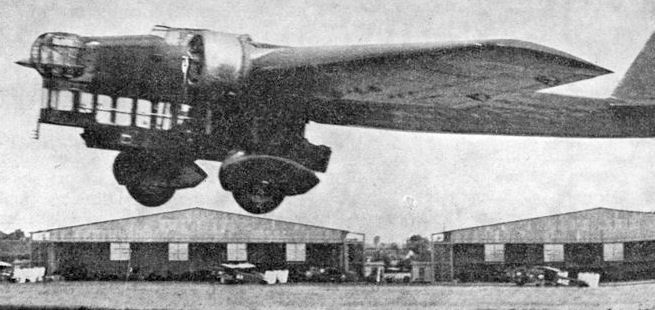Summary
- The French Air Force modernized in the 1930s but some aircraft faced obsolescence by 1940.
- The MS.406 was France’s most numerous fighter in WWII, but was outclassed by the German Bf 109 in the Battle of France.
- France had bombers like the Potez 630 and late prototypes like the Block MB.162, but due to low numbers, they couldn’t make a significant impact.
In 1940 France was the first major belligerent in World War II (excluding the fall of Poland in 1939). This meant the French Air Force only had a limit in the early war (excluding the later Free French and Vichy French Air Forces). A failure of leadership, a lack of strategic vision, and a failure to operate with other services and allies contributed to the fall of France (and the expulsion of the British from the continent).
One issue was that France modernized its air force in the 1930s, but by 1940, it was becoming obsolete (although France was in the process of re-modernizing its air force). The French Air Force (like the Italian Air Force in World War II) is often overshadowed by its larger American, British, and German counterparts.
1
Morane-Saulnier MS.406
The MS-406 was the French answer to the Messerschmitt Bf-109 and the British Spitfire
|
Type: |
Fighter |
|---|---|
|
First flight: |
1935 |
|
Number built: |
over 1,100 |
The Morane-Saulnier MS.406 was France’s most numerous fighter in World War II with over a thousand built. When the war broke out, it was one of only two French aircraft able to fly faster than 250 mph. The MS.405 was underpowered (while also being sturdy and maneuverable).
While the MS.406 was only introduced to the French Air Force in early 1939, it was outclassed by its German Messerschmitt Bf 109E in the Battle of France. The Bf 109 also had better armor, while the German pilots also generally enjoyed better training. In the Battle of France, around 400 MS.406s were lost (100 were destroyed on the ground, and many more were destroyed by the French to prevent capture).
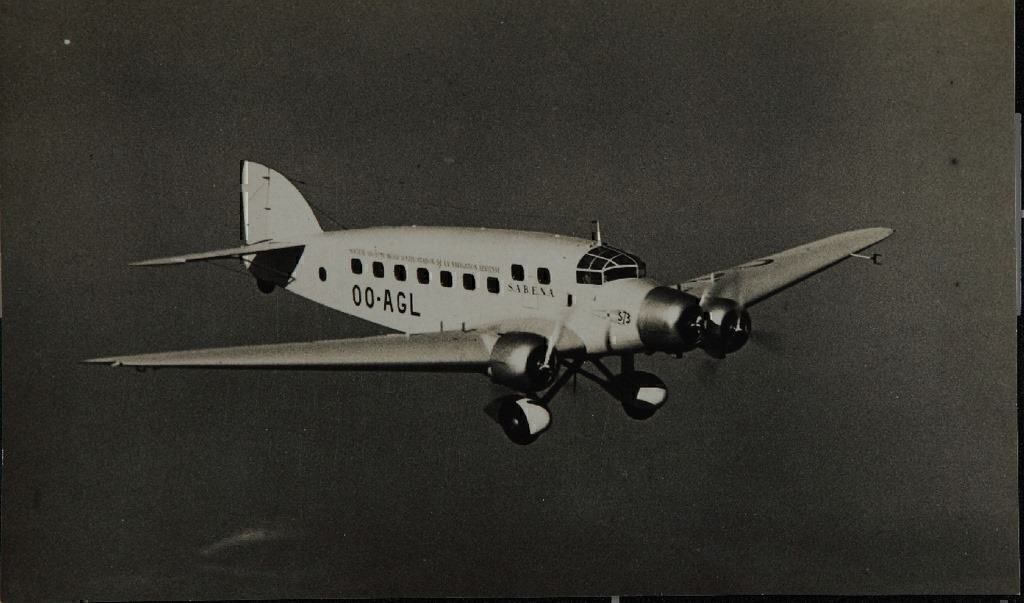
Related
Here’s How This Italian Airliner Shaped World War II
2
Potez 630
The Potez 630 underperformed and was the counterpart to the German Bf 110
|
Type: |
multirole twin-engined fighter |
|---|---|
|
First flight: |
1936 |
|
Number built: |
approx. 1,400 |
The Potez 630 was a French-heavy twin-engined fighter designed in the late 1930s. It was roughly the counterpart to the German Bf 110 (which it closely resembled) and the larger British Blehemin. The Potez 630 suffered from low speed and comparatively poor maneuverability. It was often used for ground attack, but this meant that it could not use its cannon.
After Germany seized Vichy French aircraft in November 1942, the Germans used the approximately 134 Potez 630s in second-line duties. They preferred to use their superior Bf 110 and other aircraft on the frontline. The Germans also sent 53 of the seized aircraft to Axis ally Romania to be used as trainers and target tugs.
3
Bloch MB.162
Had the French more time, the Block MB.162 could have been the French answer to the B-17 Flying Fortress
|
Type: |
heavy bomber |
|---|---|
|
First flight: |
1940 |
|
Number built: |
one prototype |
The Bloch MB.162 is listed here as an example of a heavy bomber built by the French before it fell (although only a single prototype was ever built). It was a four-engine, long-range bomber developed in the 1930s and made its first flight in June 1940. The Battle of France began in May 1940, and as France collapsed, the prototype was ferried to Bordeaux in an attempt to keep it from advancing German forces.
Photo: Dassault Aviation
After the Armistice, the Germans captured it and used it as a transport (and clandestine missions) until June 1944. The French had planned to bring it into service in 1941, and it would have been a fast, heavy French bomber. It is sometimes compared to the American B-17 Flying Fortress (although it was faster and less well-armed). WWII heavy bomber production was dominated by the British and Americans.
4
Lioré-et-Olivier LeO 45
The LeO 45 was a capable French medium bomber but was only available in low numbers during the Battle of France
|
Type: |
medium bomber |
|---|---|
|
First flight: |
1937 |
|
Number built: |
561 |
The Lioré-et-Olivier LeO 45 was a medium bomber considered superior to most previous French bombers. It was powered by two 1,060 hp Gnome-Rhone 14N engines and first flew in 1937. Its cruise speed was 260 mph, and its maximum speed was 308 mph.
By the time of the outbreak of World War II, only a handful had been delivered to the French Air Force. While the aircraft was considered an effective and capable bomber, it wasn’t available in numbers to make a substantial difference. After the fall of France and the Armistice, Vichy France continued to produce and operate the aircraft. The last of the bombers were retired in 1957.
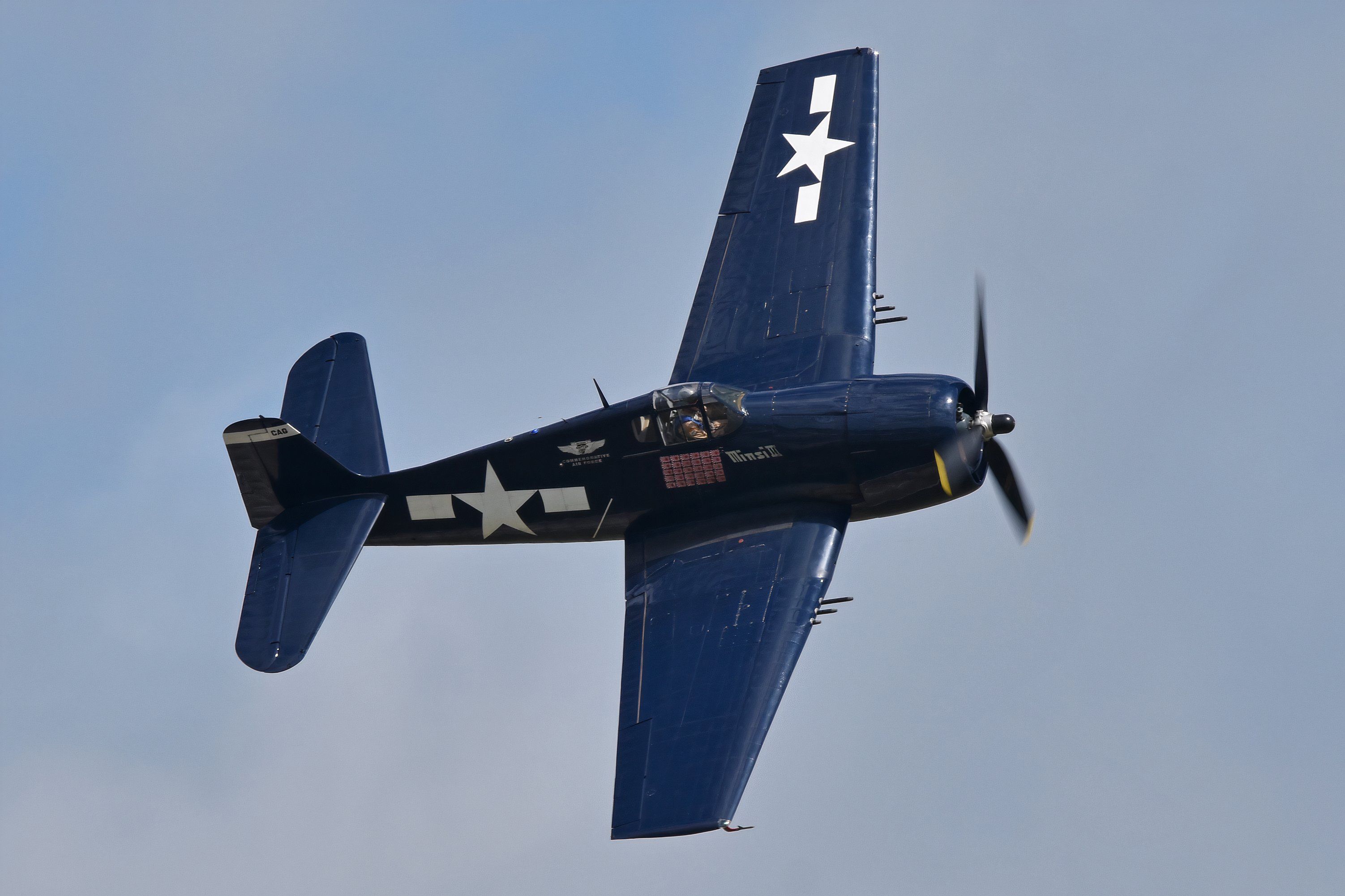
Related
How Did Carrier-Based Aircraft Influence Naval Battles In WWII?
Following their success in WWII, the USN used aircraft carriers to project American power around the globe.
5
Amiot 143
By the Battle of France, the Amiot 143 was as obsolete as it was ugly
|
Type: |
medium bomber |
|---|---|
|
First flight: |
1931 |
|
Number built: |
138 |
The Amiot 143 is sometimes considered one of the ugliest aircraft ever made. It was originally developed in 1926 as a project to give the French Air Force long-range escort, bombing, and reconnaissance capabilities. It first flew in 1934, but by 1940, it was completely outclassed, although 60 of them remained in service.
The last examples were delivered to the French Air Force in 1937. According to the Little Aviation Museum, during the day, they were easy prey, suffering from poor performance, light defensive armament, and no protective armor. Over the course of the war, the Allies massively outproduced the Axis powers in a number of aircraft. France would have been a major Allied player, but its collapse in 1940 meant that the French Air Force’s contribution to the war (with French-made aircraft) was brief.

